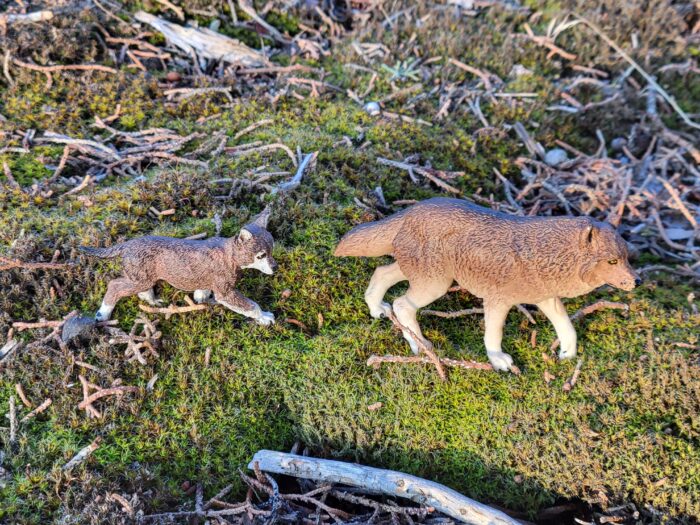Happy spooky season to everyone! I hope this article finds you in good spirits to enjoy a spooky old bed time story. The topic is on the Papo wolf pair (Canis lupus) introduced in 2022, #50283 and #50284 respectively, but our story begins in Europe… La Beté du Gèvaudan is a longstanding horror story from Southern France.
Brand: Papo
Cassis Lapdog (Farm Life by Papo)

Welcome to the spooky season series of articles! I hope you have had a nice time so far and will enjoy my contributions. My selection for my first article is the Papo “Cassis Lapdog” #54013. This model was released back in 2012 and retired in 2019. It appears to resemble a grizzled older animal with a dark coat washed with a lighter graying and special attention was given to graying brows and around the mouth of the animal.
Red-bellied Piranha (Wild Animals by Papo)

“They are the most ferocious fish in the world. Even the most formidable fish, the sharks or the barracudas, usually attack things smaller than themselves. But the piranhas habitually attack things much larger than themselves. They will snap a finger off a hand incautiously trailed in the water; they mutilate swimmers—in every river town in Paraguay there are men who have been thus mutilated; they will rend and devour alive any wounded man or beast; for blood in the water excites them to madness.
Blue Wildebeest (Wild Animals by Papo)

A walk-around of Papo’s Blue or Common Wildebeest, Connochaetes taurinus (Burchell, 1823) from the Wild Animals line or “Les Animaux Sauvages”, originally produced in 2009. The shoulder height of this figure is 79 mm, so corresponding to a shoulder height of adult specimens between 1.18 and 1.45 m the scale would be approx.
Bumble Bee (Garden Animals by Papo)

The genus Bombus, which includes the bumble bees, consists of over 250 species worldwide. They occur in most terrestrial habitats throughout the Americas and the Palearctic, but are absent in much of Africa, the southern Middle East, much of the Indian subcontinent, Australia, and New Zealand (although they have been introduced to the New Zealand and Tasmania).
Common House Spider (Garden Animals by Papo)

Before I start this review, I must again thank our friends at Happy Hen Toys who kindly donated this review sample for the Blog.
When today’s figure was first announced, it was referred to as a ‘common spider’. That left the door open for several ideas on what it might be (especially since the promo pic wasn’t taken at the most diagnostically-helpful angle).
European Mole (Garden Animals by Papo)
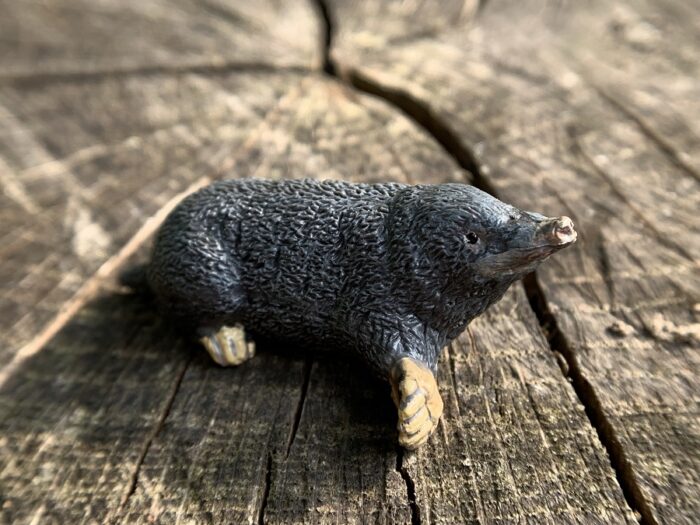
I like moles, so much so that their tunnels and molehills in my backyard don’t even bother me, it just makes me happy knowing that they’re there. But I’ve always preferred a biodiverse yard over a manicured one. Moles can actually be beneficial to lawns and gardens too, by aerating the soil and consuming garden pests like slugs.
Spotted Eagle Ray (Marine Life by Papo)
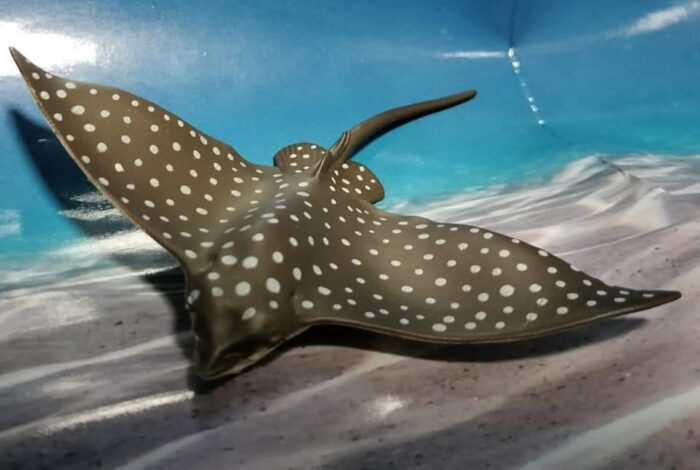
Review and images by JimoAi; edited by bmathison1972
In the past reviews, I’ve lamented on how there isn’t enough rays represented in plastic. So far, in the last 3 years there have been quite a few cartilaginous fish figures made, some that are underrepresented: 2021 gives us a Helicoprion and Cretoxyrhina from PNSO, a really stylised great white shark branded as a megalodon from Papo, an awesome basking shark from CollectA, a set of stylized ray figures from Kitan Club, and a Xingu river ray by Kaiyodo.
Emperor Penguin (Wild Animals by Papo)
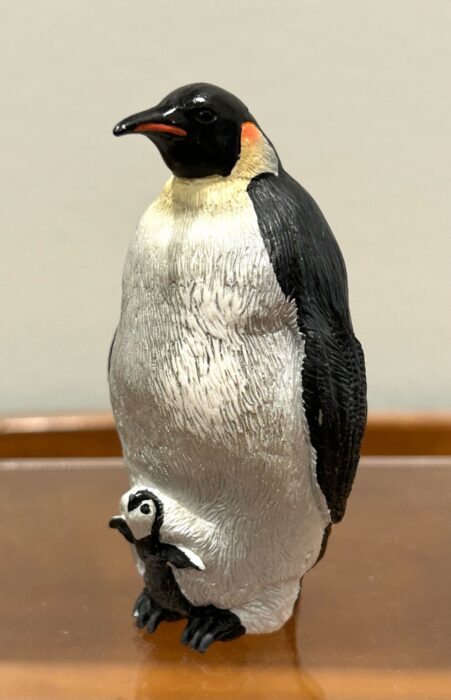
Review and images by Suspsy; edited by bmathison1972
Well, it turns out that my previous review was in fact my 100th for the Animal Toy Blog and I completely overlooked that fact! So I guess I’ll celebrate with #101 instead. My subject is the Papo emperor penguin (Aptenodytes forsteri) with chick, yet another generous sample from Happy Hen Toys, bless them.
Rose Chafer (Garden Animals by Papo)
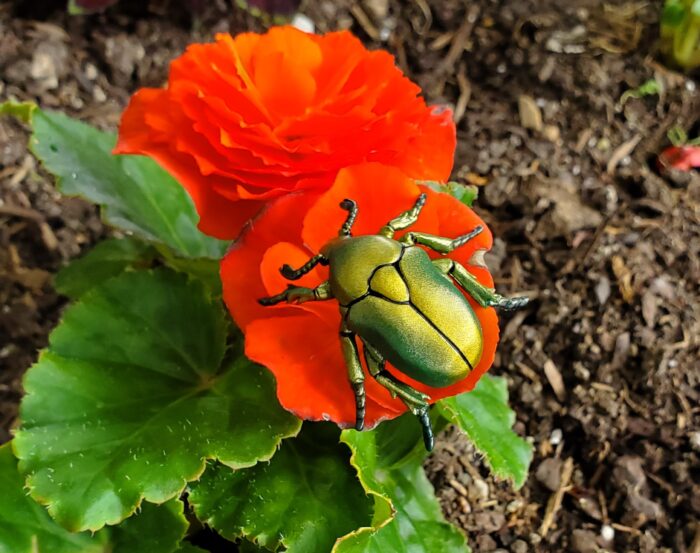
Before I begin this review, I would again like to thank our friends at Happy Hen Toys who generously donated this review sample for the Blog!
Today I will be reviewing the European rose chafer by Papo, new for this year. When promo pics of this figure were first released, it looked to me like Protaetia cuprea, commonly known as the copper chafer.
Griffon Vulture (Wild Animals by Papo)
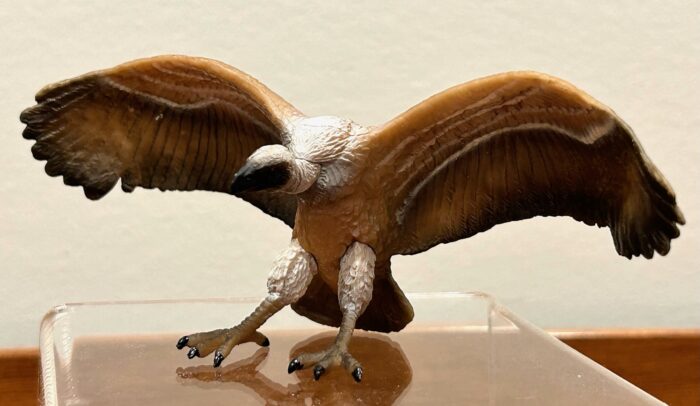
Review and images by Suspsy; edited by bmathison1972
I’ve always been rather fond of vultures due to their large size, intimidating appearance, and the crucial role they play in consuming carrion. The Eurasian griffon (Gyps fulvus) is a very typical Old World vulture with quite a large population in Spain and much smaller populations scattered across the rest of Europe.
Flying Squirrel (Wild Animals by Papo)

Before we begin the review, I would like to thank Happy Hen Toys for sending this figure along as a review sample. Happy Hen Toys is a U.S. distributor of animal figures, including some that are otherwise hard to come by in the United States. I highly recommend that you check out their selection.

